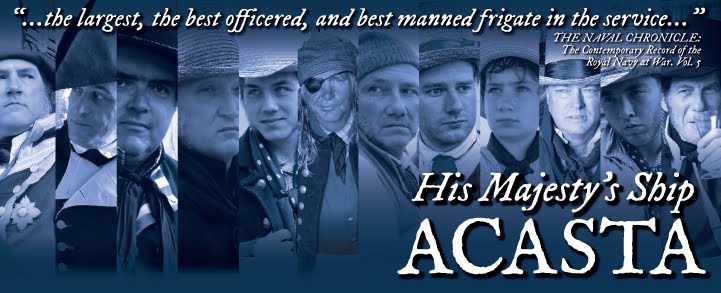"Haye Park might do," said she, "if the Gouldings would quit it -- or the great house at Stoke, if the drawing-room were larger; but Ashworth is too far off! I could not bear to have her ten miles from me; and as for Purvis Lodge, the attics are dreadful."
Jane Austen
Pride and Prejudice
Part IX
It was two weeks before Sir James’ grand ball at Purvis Lodge when disaster struck!
Unbeknownst to the new owner, the old timbers that held the roof in place were brittle and rotten causing the largest section of roof to collapse, doing a great deal of damage to the upper floors. Fortunately, there had been no one occupying the upstairs when the roof fell in and no one was injured when it came crashing down.
Sir James sent a messenger from the village to the Acasta and bade the Carpenter, his mates and crew to bring their tools along to the house to help clear and repair the damage. Afterward, news of the tragedy at the old place traveled quickly about the village at Stoke and surrounding areas. Surely, they all surmised, the ball would have to be cancelled.
He was out on the lawn when the Carpenter and his crew arrived the next day. Instead of a few men with tools, it looked as though the entire ship’s complement had volunteered to help their captain recover.
The Captain was moved by the outpouring of generosity from his men and his steward Higgins swore he espied a tear in Sir James’ eye as the men approached the house. There were dozens of faces he recognized from his service over the years. Mr. Apple, the ship’s carpenter stepped forward with a tool box under his arm, flanked by his mates.
“Reporting as ordered sir.” Apple saluted, looking over the captain’s head at the collapsed roof behind him. He was already sizing up the damage.
 |
| Ship's Carpenter, Jas. Apple |
“You were only to bring your crew and mates Mr. Apple.” the Captain eyed the mob of sailors.
“Aye sir,” Apple smiled, “but when the men heard what had happened, they all wanted to come and make themselves useful. And if I may sir, many of them are close to rating as Carpenter’s crew in my opinion.”
“Duly noted Mr. Apple. Well, they shall all have their opportunity, there is plenty to be done.” Sir James replied with a great, defeated sigh.
“Where would you have us begin sir?” Apple asked.
Captain Rehme rubbed his chin and thought for a moment, as the great group of men assembled looked on, eager to get to it.
“Let us divide the men into parties.” He finally answered, “We shall need timber felled and milled, that can be done right here on the property. We shall need men to venture upstairs to remove the furniture and debris.”
“And there will need to be other parties, which you may organize and employ as you see fit of course.”
“Aye sir, thank you sir.” Apple nodded and turned to begin assembling the groups that would begin to undertake the tasks he deemed of the first import.
Sir James looked to the sailors and shouted in his quarterdeck tone, “Men, I thank you for coming to me in my hour of need. In turn, I think it only fitting that I take care of you. Therefore, each one of you here will be paid for your efforts in addition to your monthly wage!”
The men gave a great cheer at the idea of their ‘prize money’.
When their raucous approbation died down, Rehme continued, “Pass the word for Volunteer First Class Thomas!”
From the back of the pack, the men urged the lad forward. Thomas was the smallest of the boys that had volunteered from the ship and was known to be very quiet and shy.
Young Mr. Thomas came to a stop at the Captain’s feet. Rehme spoke to him in a voice loud enough to be overheard by the rest of the men.
“Mr. Thomas, I have a special task for you. You are to go into the village to the tavern and purchase all the beer they have and have it delivered here to the house.” He pressed some coins into the boy’s hand, “Let Mr. Martin, the tapster know that I have some thirsty brutes about the premises!”
Rehme’s men gave another great cheer, their tools held aloft in celebration, as Mr. Thomas ran down the drive toward the village with the money clenched in his fist.






































